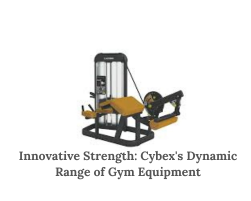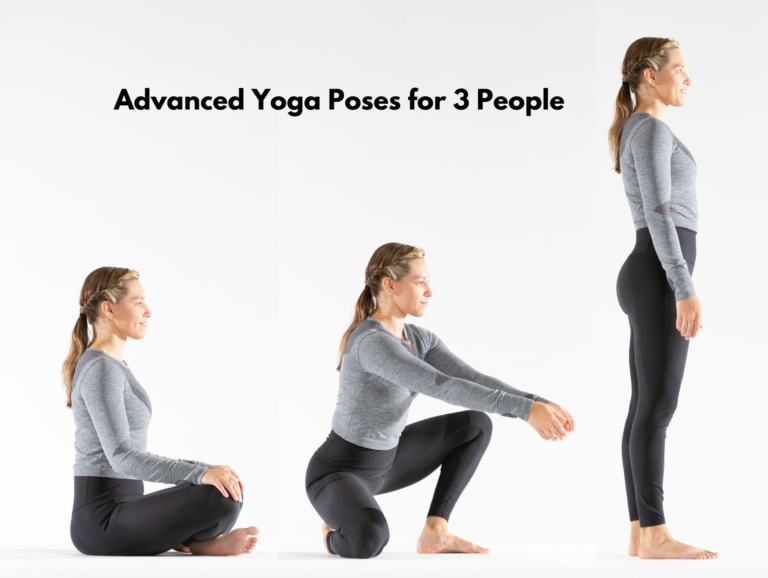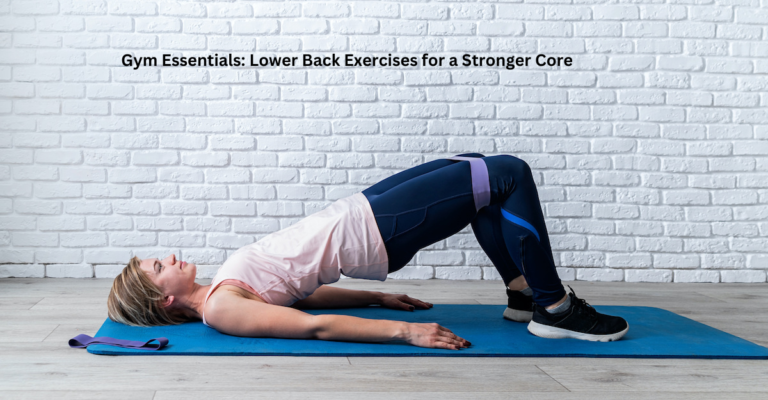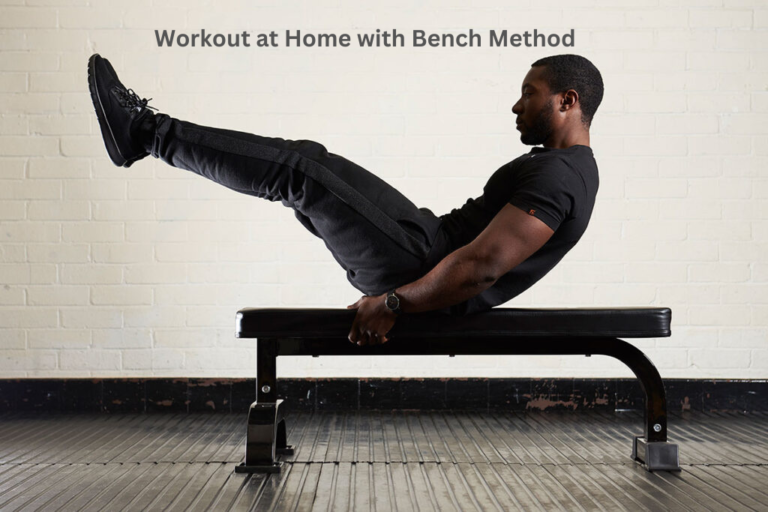The Ultimate Guide to Gym Equipment for Glute Workouts
Beginning:
Few muscle regions are as sought after as the glutes, and a well-rounded fitness regimen frequently includes focused exercises to build and sculpt those muscles. Using the proper gym equipment in your regimen can help you reach your glute goals whether they be for a perkier posterior, better sports performance, or more general strength and stability. Here in this thorough guide, we’ll go over the top gym equipment for glute exercises, from traditional favorites to cutting-edge choices, and offer professional advice for getting the most out of your workouts.
Knowing Your Glute Muscles
It’s critical to know the gluteal anatomy before using the apparatus. Including the gluteus maximus, gluteus Medius, and gluteus minimus, the gluteal muscles rank among the biggest and strongest in the body. Together with giving the pelvis and spine stability, they are essential to a number of motions including hip extension, abduction, and rotation.
Exercises that work all three muscle groups from varying angles and ranges of motion are crucial for efficiently targeting the glutes. This calls for a blend of bodyweight exercises, functional movements, and resistance training all of which are improved by the appropriate cybex gym equipment.
Top Gym Equipment for Workouts of the Glute:
Barbell Hip Thrust Bench: The gluteus maximus in particular can be effectively targeted by the barbell hip thrust. The best possible glute engagement and reduced lower back strain are ensured when using a specific hip thrust bench, which also provides for correct placement and support.
Use Instructions With your shoulders on the pad, your barbell over your hips, and your upper back against the bench, sit. Squeezing your glutes at the top, drive through your heels to raise your hips toward the ceiling and then carefully lower back down. To suit your degree of fitness, vary the weight and repetitions.
Smith Machine Squat: Targeting the glutes, quadriceps, and hamstrings among other lower body muscles, the squat is a complex workout. For individuals new to squatting or wishing to concentrate on form and control, using a Smith machine offers extra stability.
Use Instructions Under the Smith machine bar, stand your feet shoulder-width apart. Keeping your chest up and your core engaged, lower into a squat by bending your knees and driving your hips back. Squeezing your glutes at the top, press through your heels to go back to where you started.
Cable Kickbacks: Specifically working the gluteus maximus, cable kickbacks isolate the glutes while simultaneously using the hamstrings and core for stability. You may test your muscles over the full range of action by varying the resistance on a cable machine.
Use Instructions Snug the cable machine’s ankle strap around your ankle. Standing with your hands on the frame for support, face the machine. Squeezing your glutes at the top, thrust your leg back in a controlled manner while keeping your core tight, and then go back to where you were before.
Glute Bridge Machine:
A basic exercise for strengthening hip stability and exercising the glutes is the glute bridge. Both novices and experts will find that using a specific glute bridge machine offers good alignment and range of motion.
Use: Place your feet flat on the glute bridge machine’s platform while lying on your back. Squeezing your glutes at the top, press through your heels to raise your hips toward the ceiling and then carefully lower back down.
Resistance bands: Providing adjustable resistance and suiting a range of fitness levels, resistance bands are adaptable equipment for glute training. To work the glutes from many angles, try lateral walks, clamshells, and hip abduction exercises.
Using Instructions Whatever the workout, wrap the resistance band around your ankles or thighs. Step sideways against the band resistance with lateral walks, open your top knee with clamshells, or lift your leg sideways against the band resistance with standing hip abductions.
Maximizing Your Glute Workouts:
Throughout every exercise, focus on tightening and clenching your glutes to increase muscle activation and involvement.
To continuously tax your glutes and promote muscle growth, gradually raise the resistance, repetitions, or intensity of your workouts.
Varietality is Essential To avoid plateauing and target the glutes from many perspectives, mix up your routine with a range of equipment and workout styles.
Form is Everything: To guarantee efficacy and safety, give form and technique top attention. See a fitness expert if you’re unclear about correct form or technique.
Between glute workouts, give yourself enough time to recover and rest in order to promote muscle growth and repair. Between intense glute-focused workouts, try to take at least 48 hours off.
Summary:
Sculpting strong, well-defined glutes calls for a mix of focused workouts, correct form, and the appropriate leg exercise equipment. Your glutes can be properly strengthened and sculpted to meet your fitness objectives by using the equipment listed above into your regimen and by adhering to professional advice for optimizing your exercises. Whether you’re an amateur or seasoned athlete, giving glute exercise top priority will improve your general strength, performance, and appearance, which will make you feel better and more confident.







